
Now is a fantastic time to be an anime fan, as the art form is more popular and innovative than ever. Hundreds of new shows come out each year, yet creators continue to find compelling stories to tell. While anime’s future looks promising, it’s important to remember and appreciate the classics that paved the way. The 1990s were a particularly influential decade for anime, both in Japan and around the world, with many now-beloved series either starting or reaching their height of popularity then. Of course, our tastes and understanding of anime have changed a lot in the thirty years since.
It’s natural for things like ideas, characters, and even lines from older works to feel outdated as time passes. Tastes change, and what’s popular now won’t necessarily stay that way. Just like some beloved ’90s anime don’t resonate as strongly with audiences today, we can expect even current favorites to feel different in the future.
Kite Is A Ruthless Revenge Saga Where A Young Assassin Takes On Terrifying Traffickers
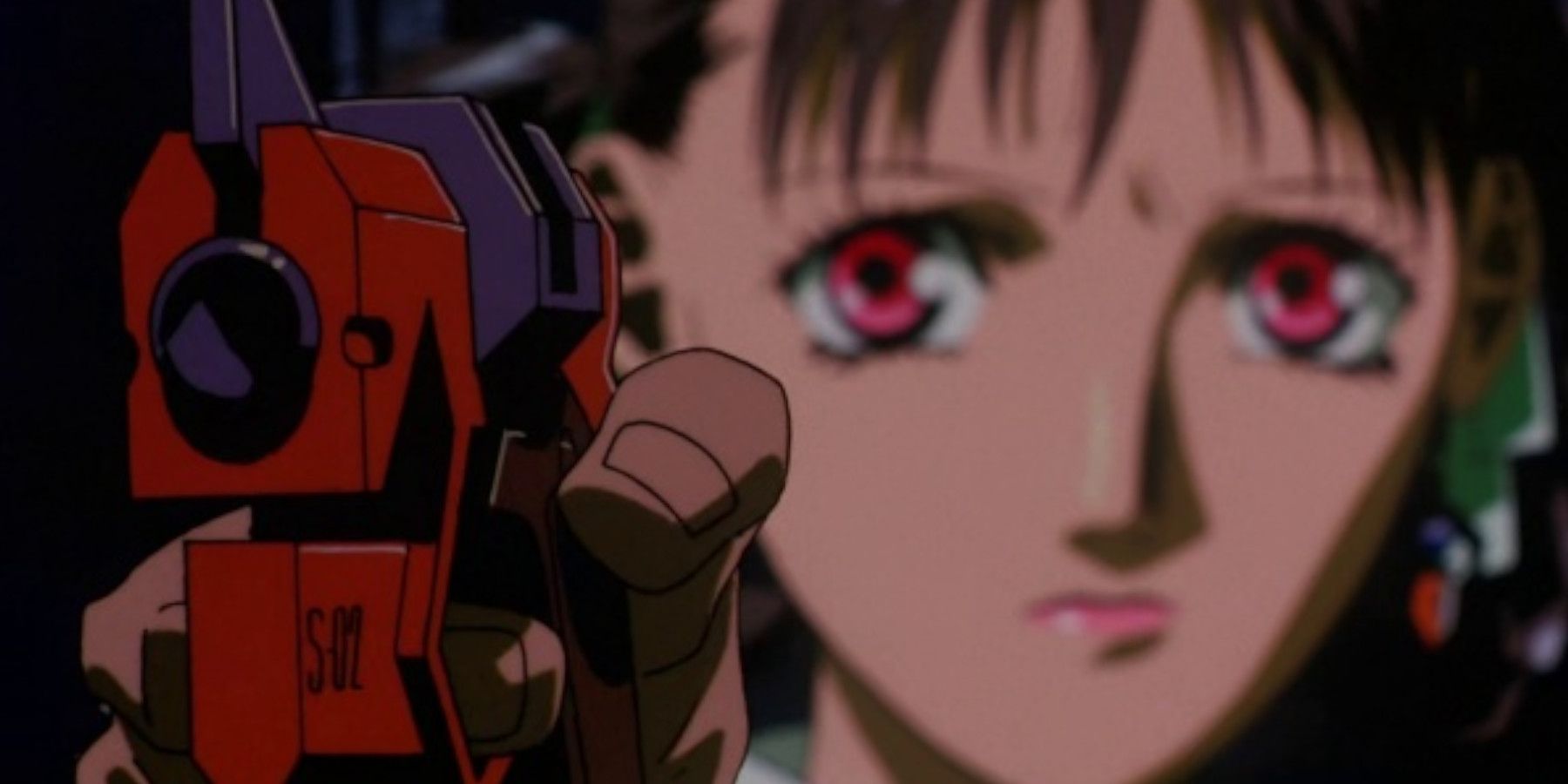


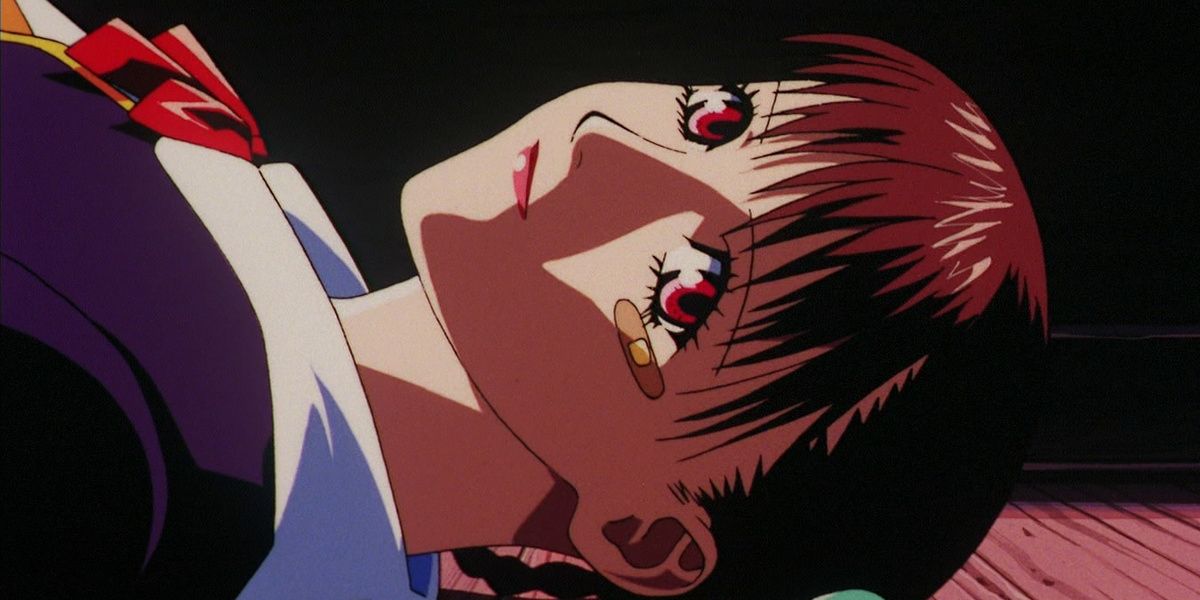
Kite is a short animated series known for its disturbing and realistic portrayal of human trafficking and the people involved. The story centers around Sawa, a young orphaned girl trained to be an assassin. While incredibly violent, Kite attempts to expose the horrors of real-world exploitation. Sawa’s youth is used to lure out dangerous criminals, ultimately leading to her quest for vengeance.
Even though Kite was controversial for its bold and often disturbing content, it was popular enough to get a sequel, Kite Liberator, and a live-action movie. Interestingly, Quentin Tarantino asked actress Chiaki Kuriyama to watch Kite as research for her role as Gogo Yubari in Kill Bill. While now considered a classic, Kite remains a film that’s likely to unsettle viewers.
Wicked City Unleashes A Depraved Den Of Demonic Debauchery
Yoshiaki Kawajiri is an anime director known for his intensely violent and over-the-top films. His 1980s movie, Demon City Shinjuku, set the stage for more adult-oriented anime. In the 1990s, Kawajiri followed up with Wicked City, a film about a world facing destruction as a long-held agreement between humans and demons comes to an end.
Wicked City mixes a political story with thriller elements, but mostly serves as a showcase for disturbing creatures and intense action. While once considered groundbreaking for adult anime fans, it now feels immature and overly reliant on sex and violence.
Angel Cop Is Set In A Corrupt World Where Crime Pays & Violence Thrives
I recently watched Angel Cop, a six-episode anime from the late 80s and early 90s. It reminded me of a blend of other popular shows like Ghost in the Shell, Bubblegum Crisis, and Goku Midnight Eye. The story centers around a soldier with psychic abilities who partners with a cyborg to stop a terrorist scheme aiming to bring communism to Japan. What really stood out to me was how bleak and cynical the show portrayed a future Japan overrun with crime.
The themes of corruption and the dangers of relying too much on artificial intelligence in the film Angel Cop feel particularly relevant now. While the movie offers a lot of insightful ideas, its serious message is somewhat undermined by the inclusion of casual nudity. Though not excessive, this nudity reinforces a male perspective that some viewers today might find problematic.
Genocyber Is Brutal Body Horror That Turns Psychic Sisters Into A Bold Bio-Weapon
I’m a huge fan of those late ’80s and ‘90s anime that blended sci-fi with horror – there was something really captivating about stories featuring secret government projects and twisted science! Genocyber definitely fits right into that vibe. It’s a five-episode OVA, and while it doesn’t necessarily break new ground, it’s a solid example of the genre. The whole story revolves around these two psychic sisters who are crucial to unlocking the incredible power of the Genocyber.
Genocyber is a visually striking anime, but it’s extremely violent and disturbing. What makes it particularly difficult to watch is that the violence is repeatedly inflicted upon two innocent girls who are transformed into weapons. The series explores complex themes with beautiful animation, but the constant abuse and dehumanization of these young characters, who deserve a chance at happiness, makes it hard to enjoy despite its artistic merits.
Ranma ½’s Unabashed Gag Comedy Is Often Too Crude

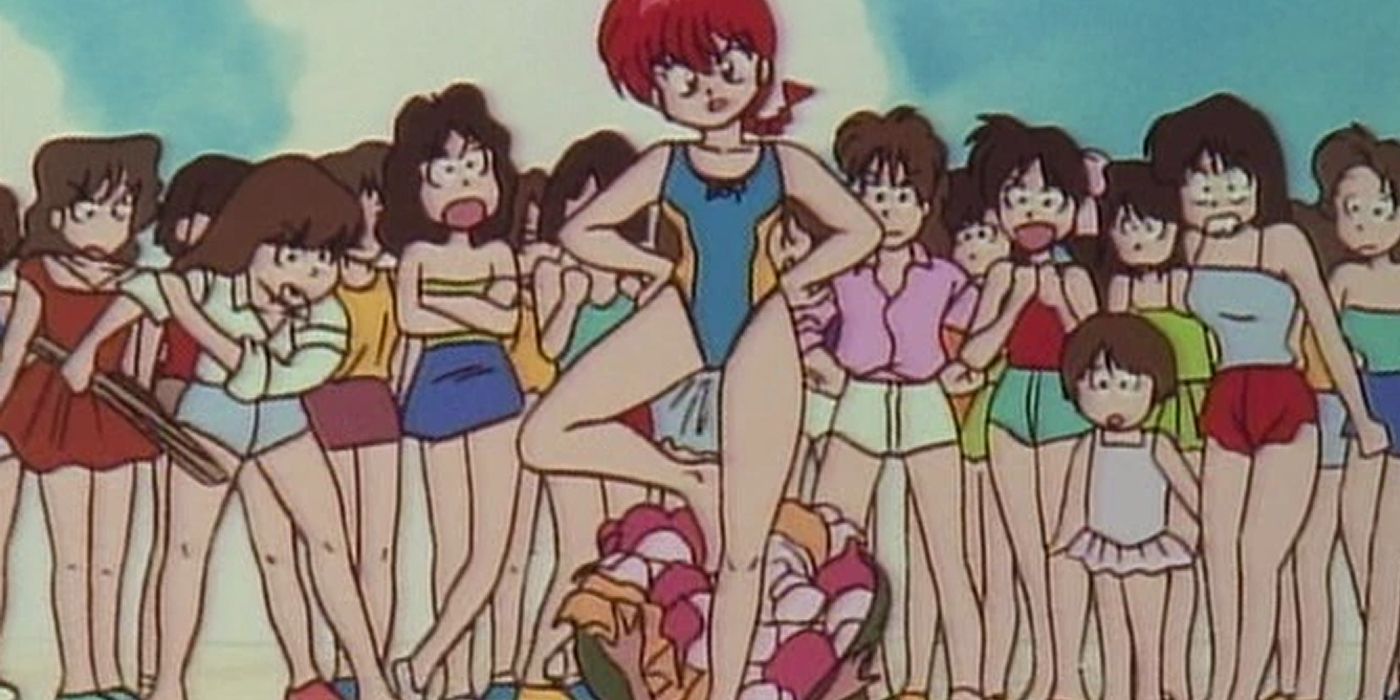
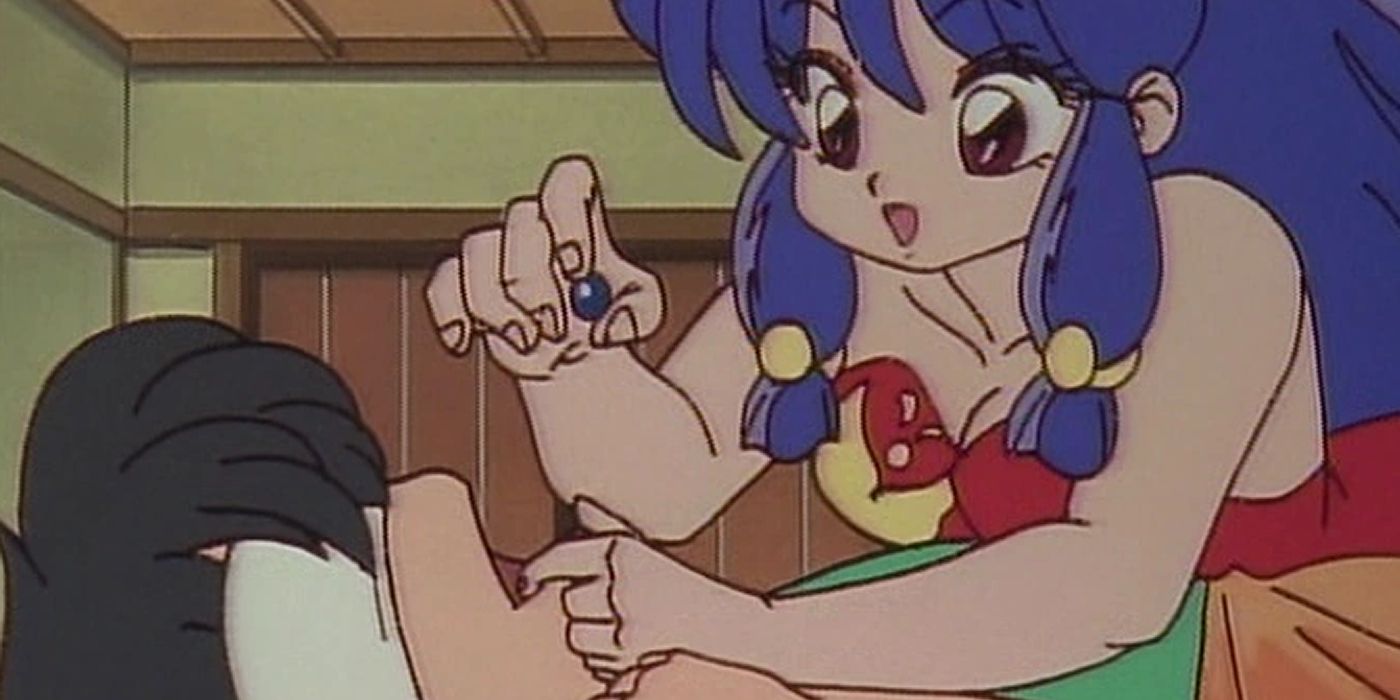

I’m a huge fan of Rumiko Takahashi’s Ranma ½, and with over 160 episodes, it’s a series you really can’t skip! What I love about it is how seamlessly it mixes exciting action, hilarious comedy, and sweet romantic moments. Plus, the whole supernatural twist with Ranma and everyone transforming when they get splashed with cold water is just brilliant! Honestly, it’s a lighthearted show that just wants to entertain and maybe make you blush a little.
As a longtime fan, it’s tough revisiting the original Ranma ½ because, honestly, the way it handled nudity felt pretty casual and often used it just for a quick laugh. It’s not that seeing some skin is automatically bad, but Ranma ½ sometimes crossed a line, especially with characters like Happosai. That’s why I’m so excited about MAPPA’s remake! They’ve managed to dial back the nudity without sacrificing the show’s hilarious energy, which feels like a smart way to update the series for a modern audience and avoid some of the original’s more awkward moments. It really respects the spirit of the show while making it more comfortable to watch now.
The Ping Pong Club Revels In Lewd Laughter That’s Now Rather Tone-Deaf
In the early 1990s, it was hard to predict which anime series would be translated and released in English. Despite not seeming like a mainstream hit, The Ping Pong Club surprisingly gained a following in North America thanks to its dub by Central Park Media. Many consider The Ping Pong Club to be Japan’s equivalent of South Park.
While it might fit neatly into certain categories, The Ping Pong Club is also a show very much about teenage hormones. Most of the characters’ plans and actions are motivated by wanting to impress those they’re attracted to. The series honestly and uncomfortably explores the awkward experiences of being a teenager, making you switch between laughing and cringing.
Urotsukidoji Crafts An Intricate Supernatural Saga That’s Dragged Down By Tawdry Tropes
Urotsukidoji is a controversial work that combines impressive artistry with explicit content. The story centers on a conflict between humans, demons, and creatures that are part human, part beast. While one hero seeks harmony between these groups, others pursue power and destruction, hoping to dominate all worlds.
The original Urotsukidoji manga has spawned a lot of follow-up anime – OVAs, films, and series – that continue and reimagine the story. It’s gained a dedicated fanbase over the years, and is known for its unique monster designs, strong visuals, and exciting action. It also helped establish many common themes you now see in erotic horror anime.
Excel Saga Fearlessly Burns Down The House & Revels In The Chaos
With 26 episodes of wild, unpredictable humor, Excel Saga perfectly captures the shift in anime during the late 90s and early 2000s. The show wraps up the 90s with fast-paced, satirical takes on various genres. Each episode playfully transforms itself, jumping between styles like giant robot battles, sports stories, and magical girl tales. By cleverly poking fun at anime itself – and the industry behind it – Excel Saga delivers storytelling that’s both inventive and thought-provoking.
The main issue with Excel Saga is its relentless pace. While it’s admirable that the show always tries to maximize its humor, this can sometimes turn viewers off. The series finale, for example, contained excessive nudity and violence. Although intended as comedy – even depicting a planet literally flooded with blood – it walks a very thin line. Much of Excel Saga is perfectly fine and genuinely clever. However, problematic stereotypes occasionally appear unexpectedly, disrupting the story for the sake of a simple joke.
Golden Boy’s Ecchi Antics Are Harder To Get Behind Several Decades Later
Golden Boy is a lighthearted and funny series geared towards young adult men. It’s a classic ‘slacker’ story that doesn’t aim to be profound – it simply wants to entertain. The show follows 25-year-old Kintaro, a college dropout, as he bounces between odd jobs and consistently finds himself in awkward and embarrassing situations, often involving women. Golden Boy doesn’t pretend to be sophisticated, and while it’s amusing, some of its humor might not age well over time.
I still really enjoy Golden Boy! It’s a bit of a flawed series, you definitely have to approach it with some understanding of when it was made. The original series came out between 1995 and 1996. While it is a product of its time, I think the core concept is genuinely funny and strong enough that it would be amazing as a modern remake – keep the humor, but definitely dial back some of the outdated attitudes. Plus, there was a Golden Boy II manga released in 2010, which could offer even more material for a fresh adaptation if they didn’t want to just revisit the original story.
Ninja Scroll’s Excellent Action Is Compromised By Dated Gender Roles
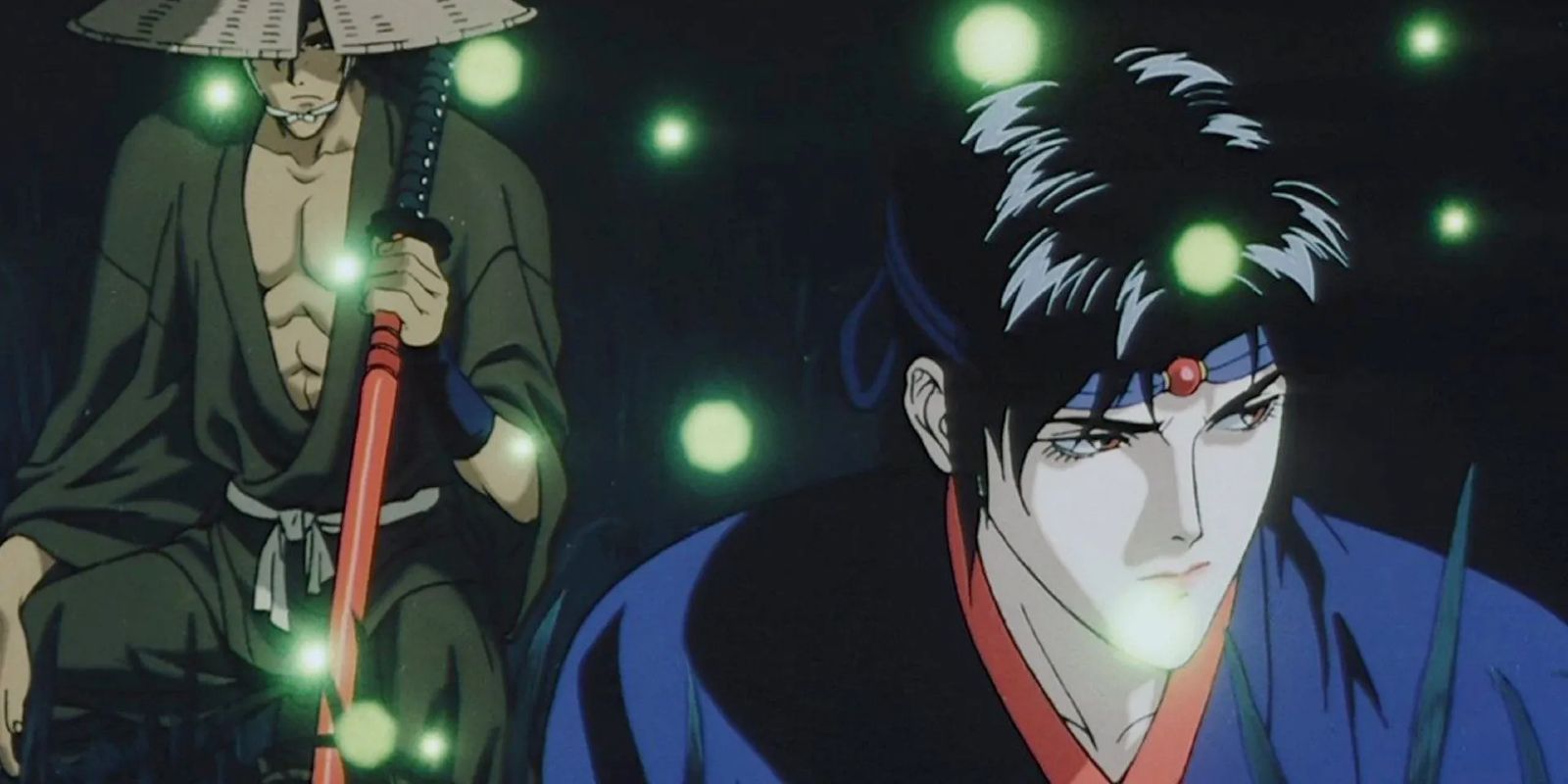

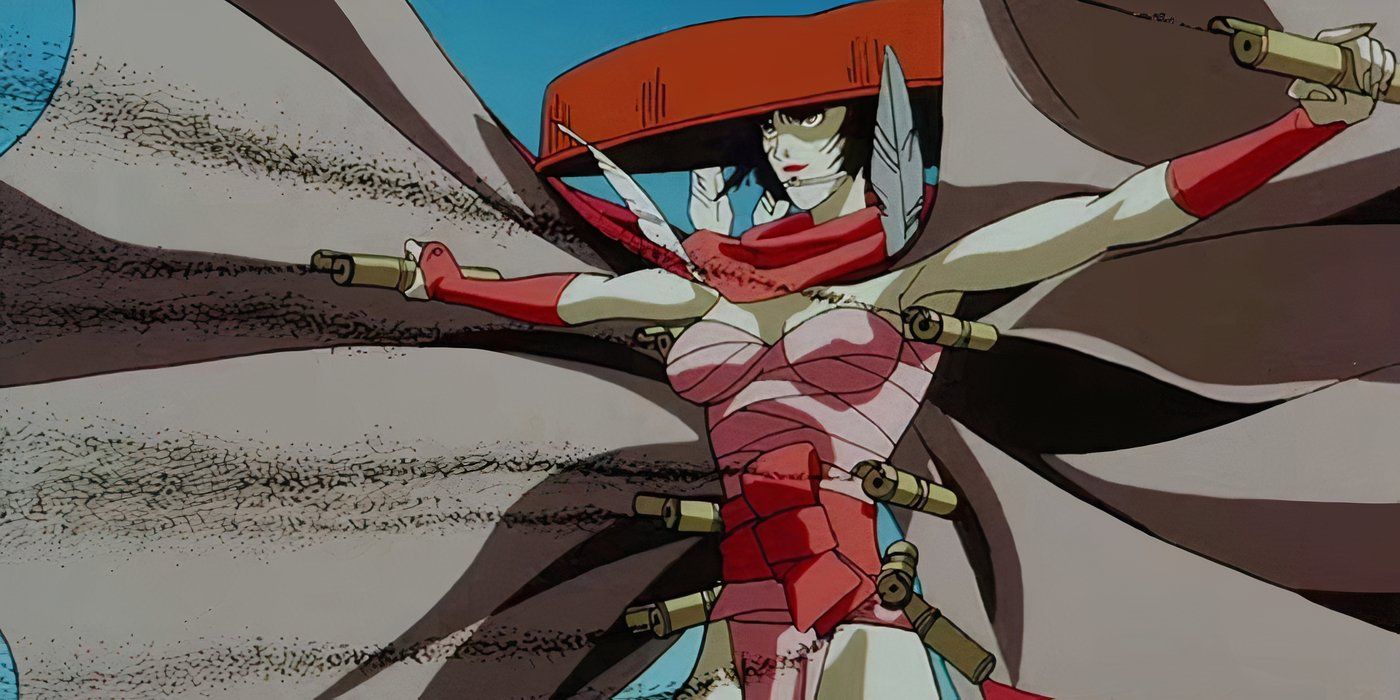

Ninja Scroll is a hugely influential film, not only for its director, Yoshiaki Kawajiri, but for the entire anime industry. Along with films like Akira and Ghost in the Shell, it helped prove that animation could tell complex stories for adult audiences. Ninja Scroll doesn’t shy away from mature themes, telling the story of Jubei, a ninja who fights his way to success with incredible swordplay. While the film’s violence remains striking even today—which is expected in a fast-paced action movie focused on swords—its portrayal of female characters is unfortunately problematic and hasn’t aged well.
I watched Ninja Scroll and found the character of Kagero really troubling. She’s portrayed as a powerful, dangerous woman, but her strength feels completely tied to her body and a strange, built-in toxicity. She uses romance to deliver poison, and even needs to repeat the act to control its effects. It felt like the story reduced her to just that – her body and the need to be in romantic or sexual situations to use her abilities. It was disappointing, because she had the potential to be a really compelling character, similar to Poison Ivy, but instead she felt entirely defined by her physicality.
Read More
- Superman: DC’s New Lex Luthor Is the Exact Opposite of What You’re Expecting
- Marvel Rumor Claims Big Things Are Coming For Florence Pugh’s Yelena (And I Hope It’s True)
- Demon Slayer: Infinity Castle Part 3 Release Date Estimate, News & Updates
- Taylor Swift Jetsetted From Selena Gomez’s Wedding And Left In Time To Sneak Into The Chiefs Game
- Доллар обгонит канадский доллар? Эксперты раскрыли неожиданный сценарий
- This 72-Year-Old Western Quietly Inspired the Greatest Marvel Movie Ever Made
- Золото прогноз
- Now You See Me 3 Is Almost Here, But I’m Still Amazed The First Movie Exposed Its Big Twist So Early
- The Most Controversial Isekai Anime of the Year Was Much Better as a Light Novel
- Disney+ Erases 2 Thunderbolts Characters From History
2025-11-14 23:10